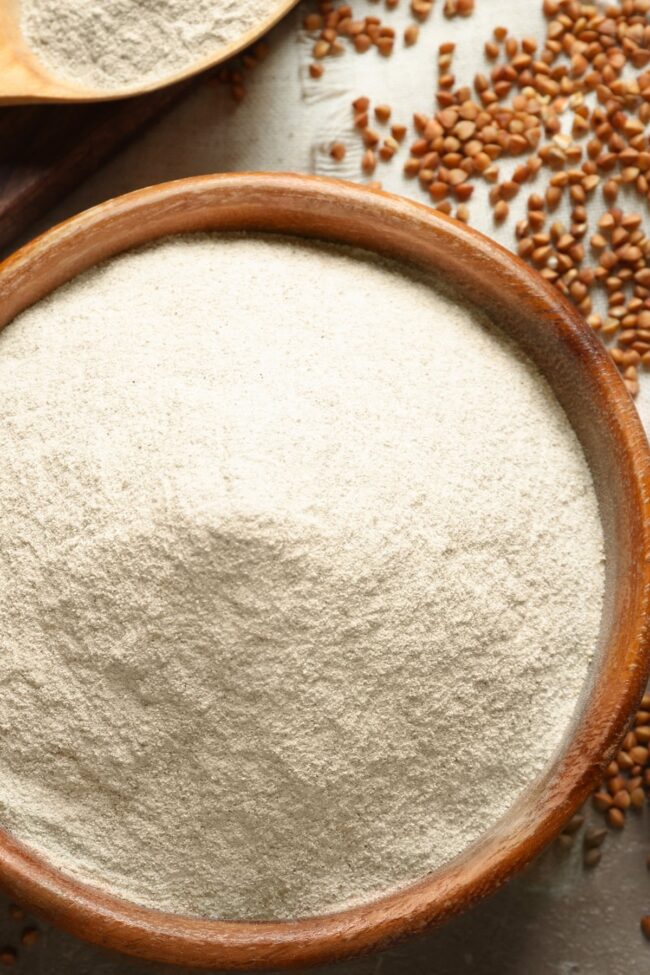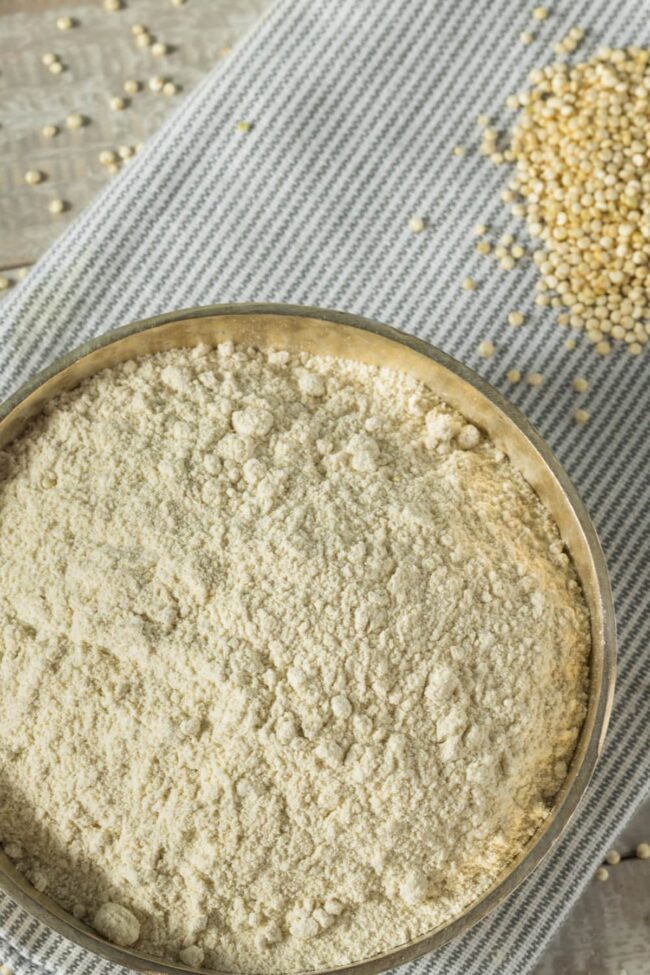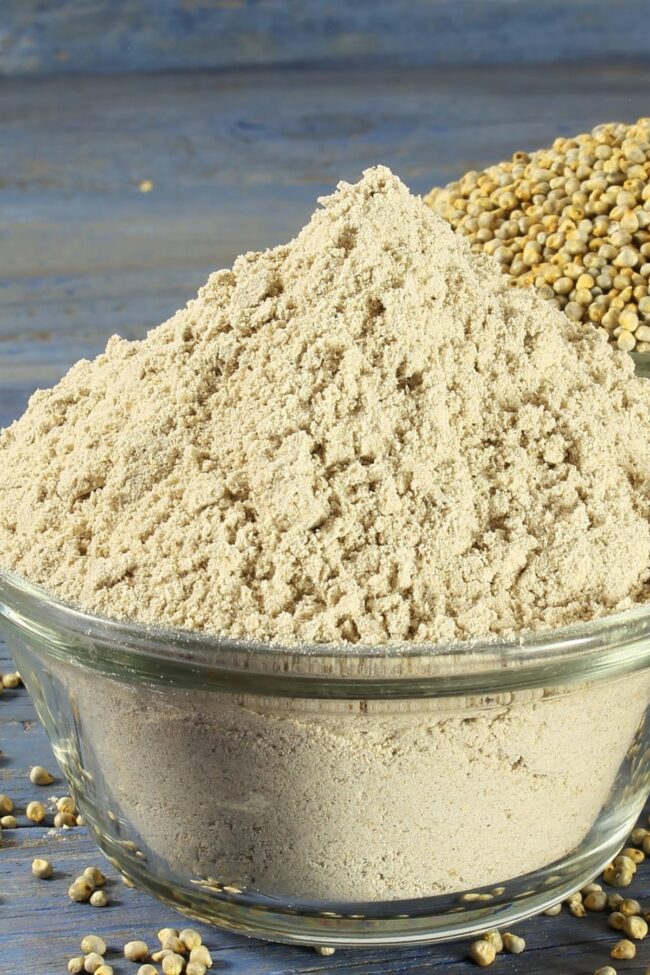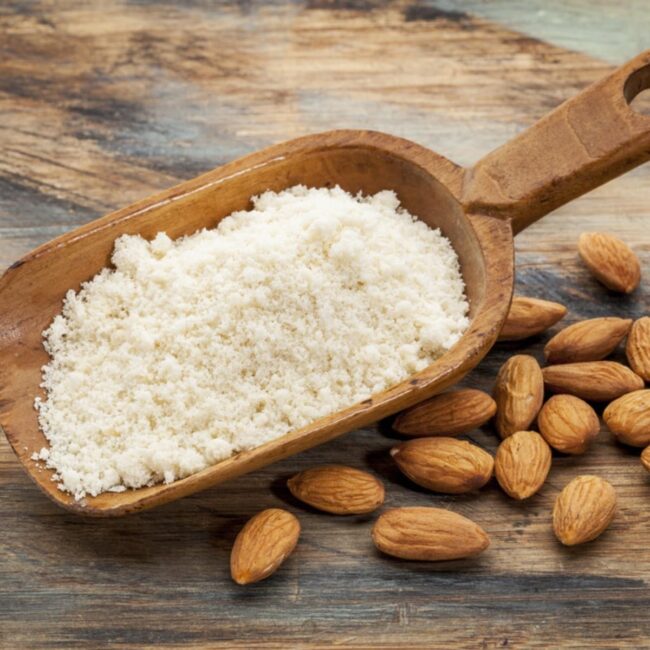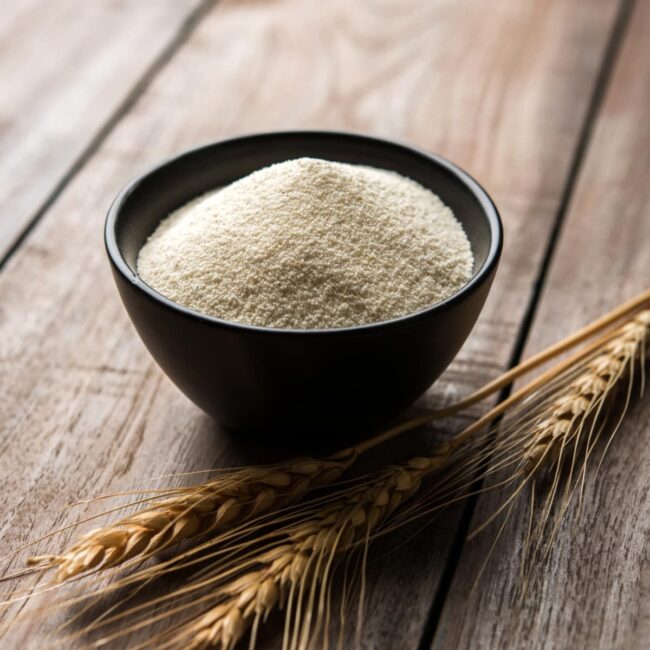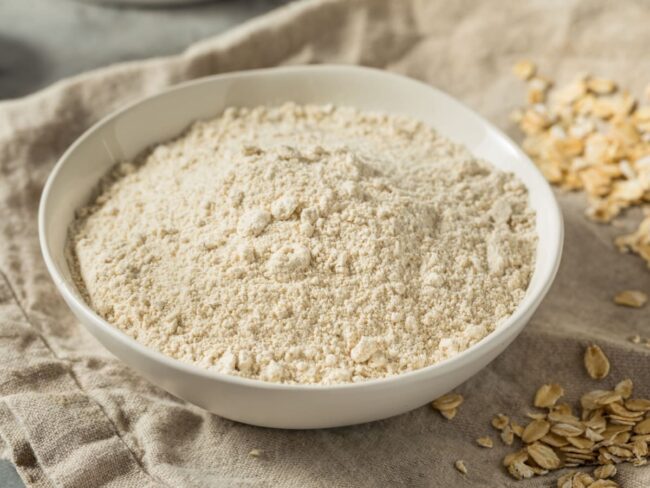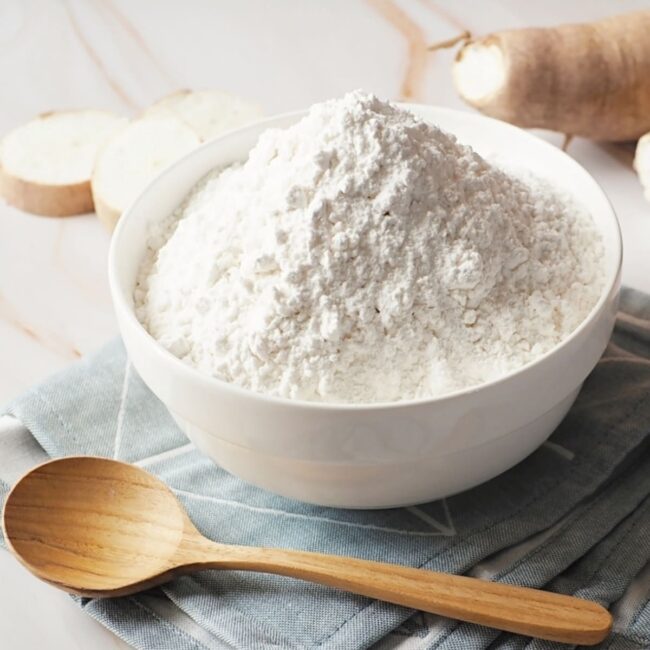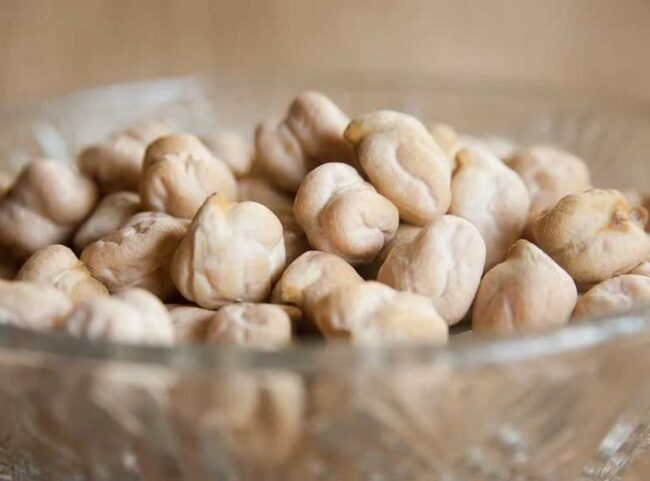10 Simple Alternatives to Chickpea Flour
Chickpea flour substitutes provide a reliable solution when this protein-rich ingredient is unavailable.
Various legume and grain-based alternatives offer similar consistency and flavor.
Some options enhance baked goods, while others work well in savory dishes.
Choosing the right substitute ensures the texture and taste remain balanced.
What Is Chickpea Flour?
Chickpea flour, often known as gram flour or besan, has gained popularity recently.
This versatile ingredient comes from desi chickpeas and adds flavor to various vegan and vegetarian meals like curries, falafel, and hummus.
Health enthusiasts appreciate chickpeas for their numerous benefits while enjoying their delicious taste.
The process of making this flour involves grinding dried kabuli chickpeas or removing the dark hulls from desi chickpeas before grinding the inner seed into a fine powder.
Chickpea flour offers an excellent alternative for those seeking gluten-free options in cooking and baking.
Rich in protein and fiber, it enhances both nutrition and flavor in dishes across diverse cuisines.
Why Choose Chickpea Flour?
Chickpea flour serves as an excellent binding agent in vegetarian dishes, enhancing the texture of burgers and fritters.
Its versatility extends beyond savory meals; this flour shines in baking, contributing to waffles and muffins without overpowering their flavor.
A great choice for those avoiding gluten, chickpea flour blends seamlessly into various recipes thanks to its neutral taste.
Many grocery stores carry it worldwide, although availability can be spotty in some regions.
If you find yourself out of chickpea flour or unable to locate it easily, don’t worry; your pantry may already hold suitable substitutes waiting to be discovered.
Chickpea Flour Alternatives: Expert Tips
Chickpea flour offers a versatile ingredient for various dishes. Alternatives to chickpea flour can expand your culinary options and cater to different dietary needs.
Spelt Flour
Spelt flour stands apart with its rich, nutty flavor and unique texture.
This ancient grain packs in a wealth of nutrients, making it an appealing option for health-conscious bakers.
It contains more protein and fiber than regular wheat flour, which can contribute to better digestion.
Many appreciate its versatility; it works beautifully in everything from bread to pancakes and cookies.
Trying spelt flour opens up a new world of baking experiences that can surprise your palate with delightful results.
Quinoa Flour
Quinoa flour offers a fine consistency and serves as an excellent gluten-free alternative.
If you’re mindful of your diet, this flour proves to be lighter than chickpea options, helping you stay on track.
Its binding properties shine in veggie burgers and homemade falafel, ensuring a satisfying texture without the gluten.
The unique taste of quinoa elevates savory dishes, adding depth and character that can’t be overlooked.
While its robust flavor enhances many meals, it might not work well for sweet treats like cakes or cookies due to its distinct profile.
Buckwheat flour
Buckwheat flour stands out for its remarkable absorbent quality, making it an excellent choice for gluten-free pasta and noodles.
This unique attribute allows it to soak up flavors while maintaining a satisfying texture.
The nutty flavor enhances dishes, adding depth without overwhelming the palate.
Cooking with buckwheat can lead to delightful culinary experiments that bring creativity into your kitchen.
Using this flour invites you to explore new recipes and enjoy a wholesome alternative in your meals.
Amaranth Flour
Amaranth flour stands out as a go-to option for those avoiding gluten.
With a nutty flavor reminiscent of buckwheat, it adds complexity to various dishes.
This versatile ingredient shines in flatbreads, tortillas, and crackers, enhancing both taste and texture.
Packed with protein, magnesium, iron, and fiber makes it a nutritious addition to any recipe.
Discovering new ways to incorporate this ancient grain into your meals can elevate your culinary creations significantly.
Millet Flour
Millet flour offers a versatile option for your culinary adventures, enhancing everything from pancakes to crackers.
With its subtle flavor, it pairs well with both sweet and savory dishes.
Packed with nutrients like amino acids and fiber, this gluten-free flour supports digestive health as a prebiotic.
Incorporating millet into your meals can be a nutritious choice for those seeking healthier alternatives.
For optimal baking results, blending it with wheat flour or another leavening agent proves beneficial in creating delightful baked goods.
Almond flour
Almond flour offers a nutritious alternative to traditional flours, ideal for those seeking gluten-free options.
Its rich protein content contributes to a satisfying meal while enhancing the flavors of baked goods.
This flour shines in sweet recipes, where its natural sweetness complements desserts beautifully.
Versatile enough for savory dishes, it adds structure and depth to burgers and meatballs as well.
Crafting your own almond flour is simple; just grind peeled almonds until they reach a fine consistency that can elevate your cooking experience.
Wheat Flour
Wheat flour stands out in the baking world for its versatility and delightful results.
This staple ingredient elevates everything from airy breads to decadent pastries, showcasing its remarkable texture and flavor.
Packed with essential nutrients like protein, iron, and fiber, it offers more than just taste; it contributes to a balanced diet as well.
For those without gluten sensitivities, this flour opens up a realm of culinary creations that can satisfy any craving.
Alternative flours exist for specific dietary needs but often lack the same bouncy charm found in wheat-based treats.
Oat Flour
Oat flour opens up a world of culinary creativity.
Its silky smooth texture enhances both sweet and savory dishes, providing a delightful oaty flavor that’s hard to resist.
Finding this flour is simple; many kitchens already have rolled oats on hand, making it an accessible choice for anyone looking to experiment with gluten-free options.
Nutritional benefits add another layer of appeal, packed with vital nutrients like fiber and vitamin B1 that support overall health.
Creating your own oat flour at home is quick and easy, just blend rolled oats in a food processor for fresh ingredients whenever you need them!
Cassava Flour
Cassava flour offers a unique alternative to chickpea flour, though it may not be readily available at every grocery store.
Online shopping opens up access to this fine, earthy powder with a delightful texture.
As a protein-rich ingredient packed with antioxidants, cassava flour supports overall health and immunity while being naturally gluten-free.
It shines in recipes for tortillas and crackers where its nutty flavor can truly shine.
Baking might require some adjustments since it lacks the rising properties essential for bread or cakes; combining it with wheat flour could yield better results in those cases.
Seitan Flour
Seitan flour presents a compelling choice for those seeking a protein-rich ingredient.
Its unique properties come from the fact that it is made by kneading wheat flour with water, creating an elastic texture ideal for various dough-based recipes.
While not gluten-free, its savory flavor enhances dishes like breads and pizzas without overpowering them.
Finding seitan flour might require some effort compared to more common flours, but its versatility in savory cooking makes it worth the hunt.
Consider experimenting with this option if you're looking to elevate your culinary creations beyond traditional flours.
Best Flour for Different Uses
Different flours shine in various culinary roles.
Quinoa flour stands out for savory dishes, bringing a rich flavor and health benefits that align closely with chickpea flour.
In the realm of baking, almond and oat flours are excellent choices; almond flour adds natural sweetness while oat flour enhances texture in cookies.
When it comes to breads and cakes, wheat flour is unmatched for its rising ability, creating soft and fluffy results; buckwheat offers a fantastic gluten-free alternative ideal for pasta too.
Garbanzo bean flour, rice flour, or almond meal also present versatile options worth exploring in your kitchen adventures!


